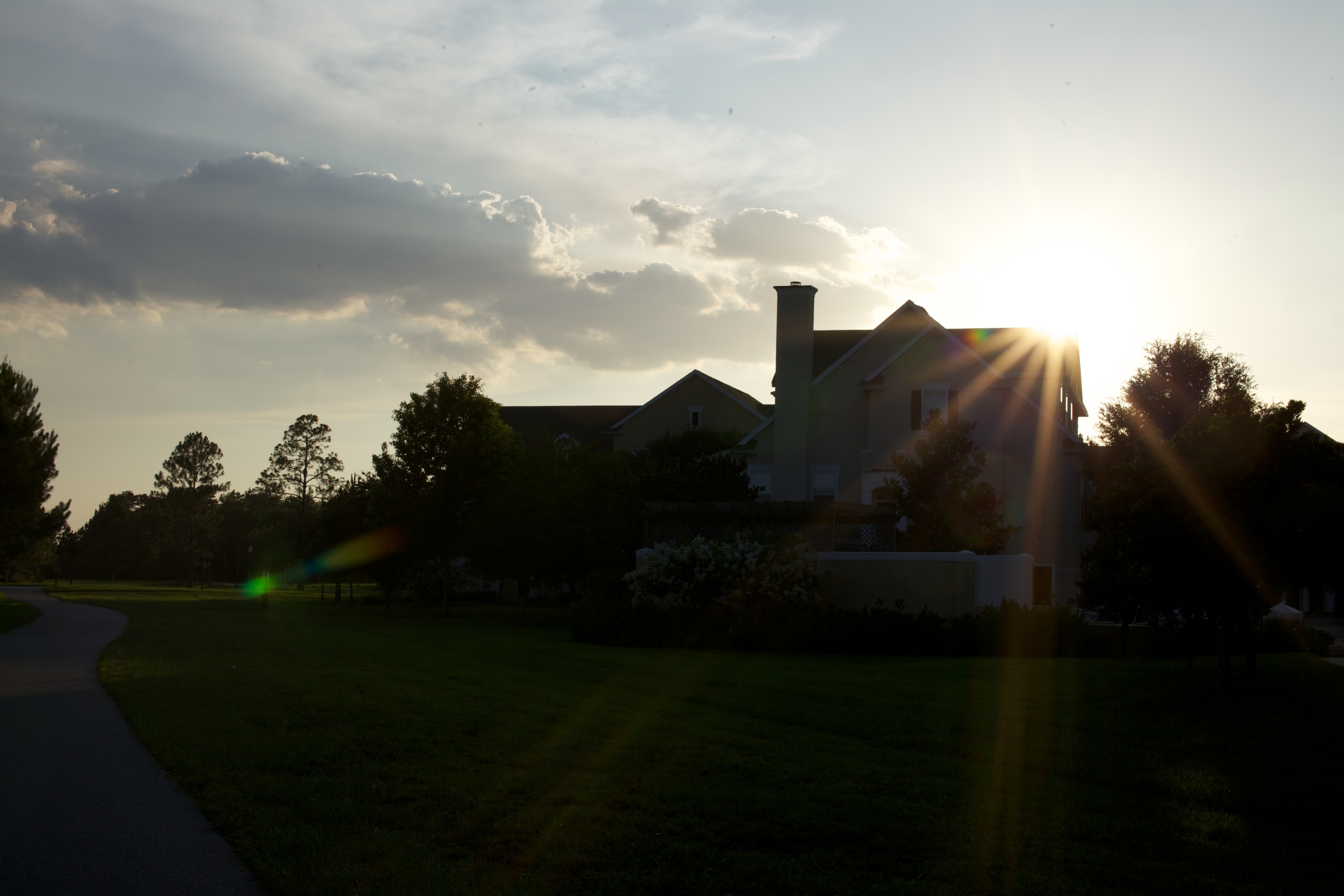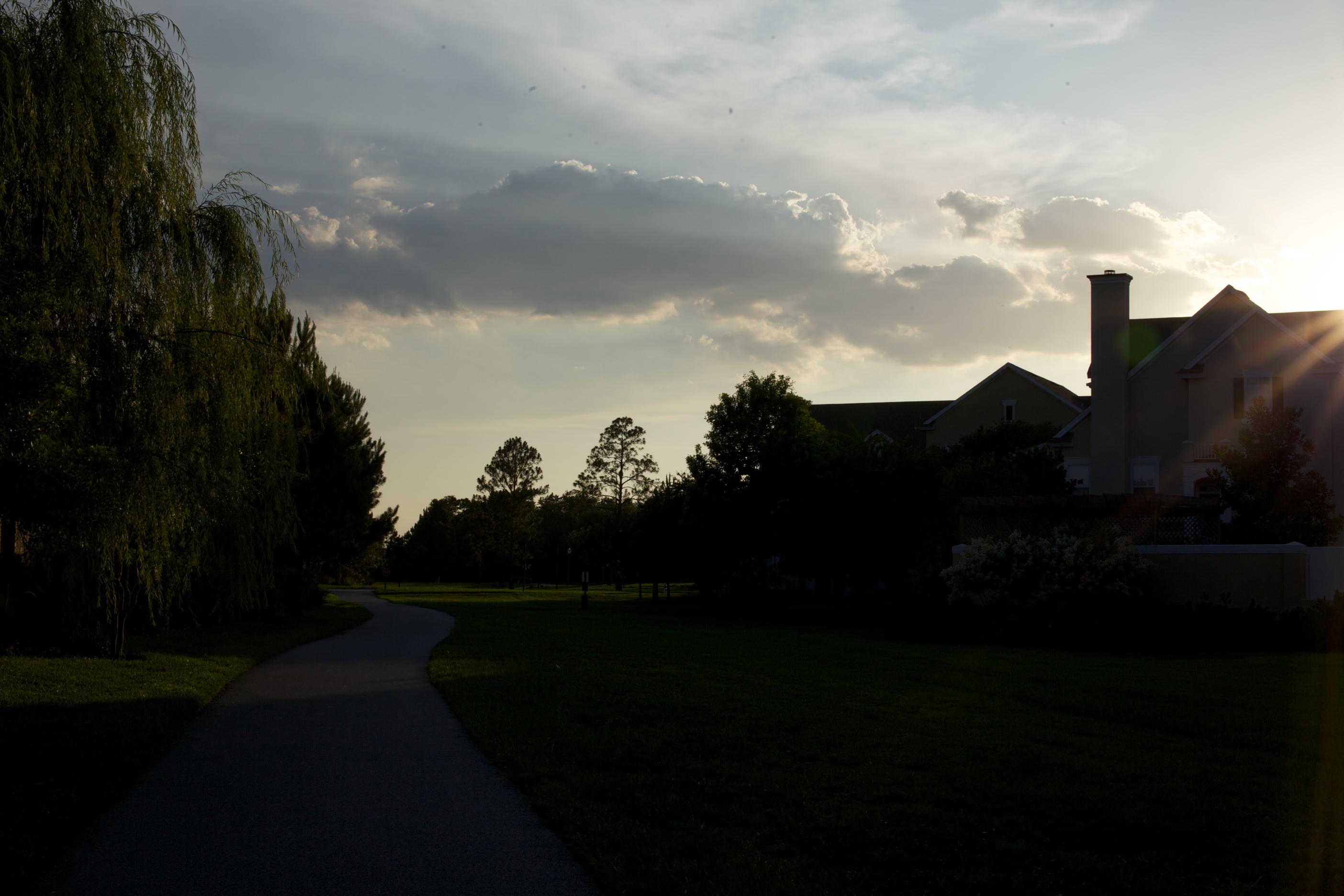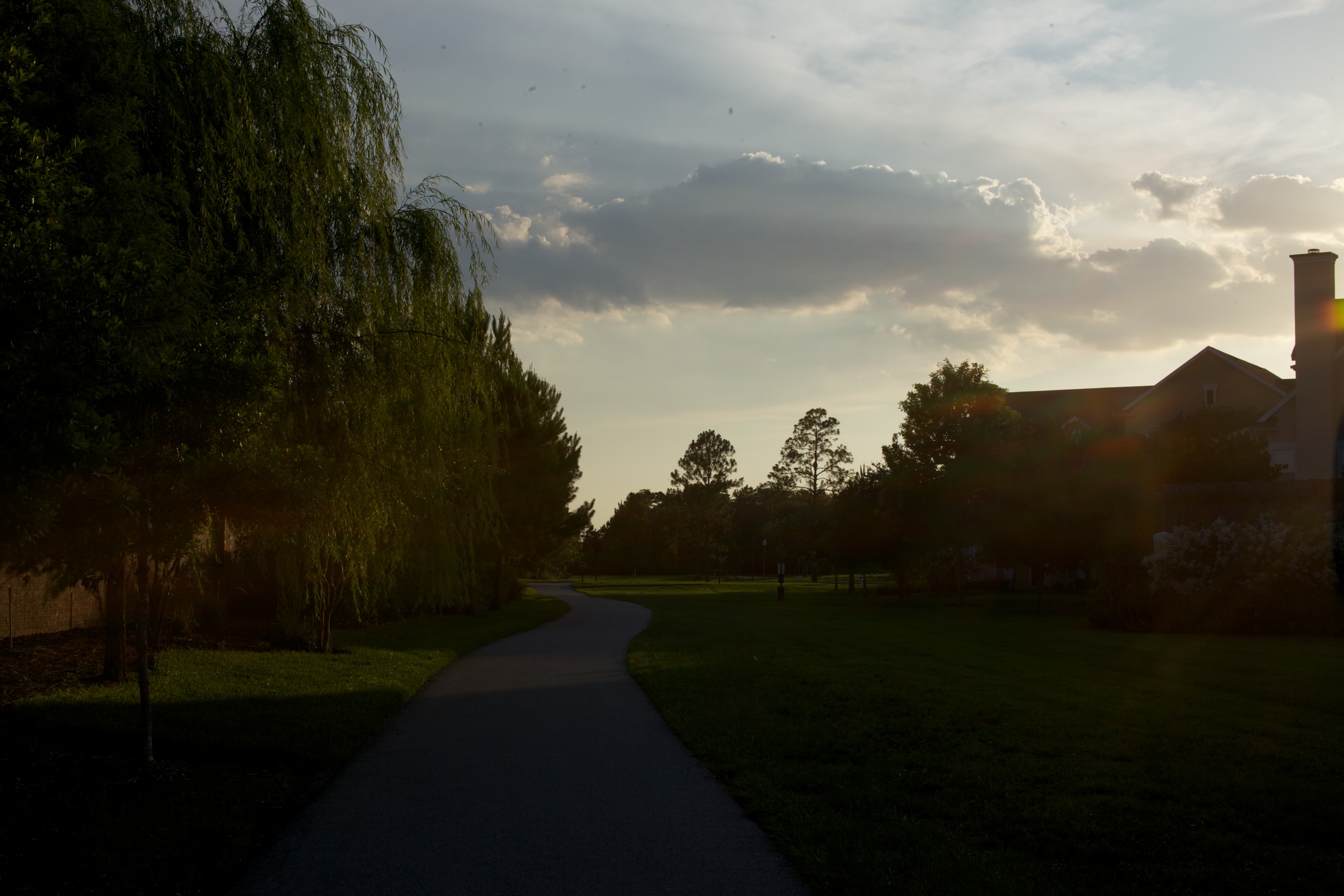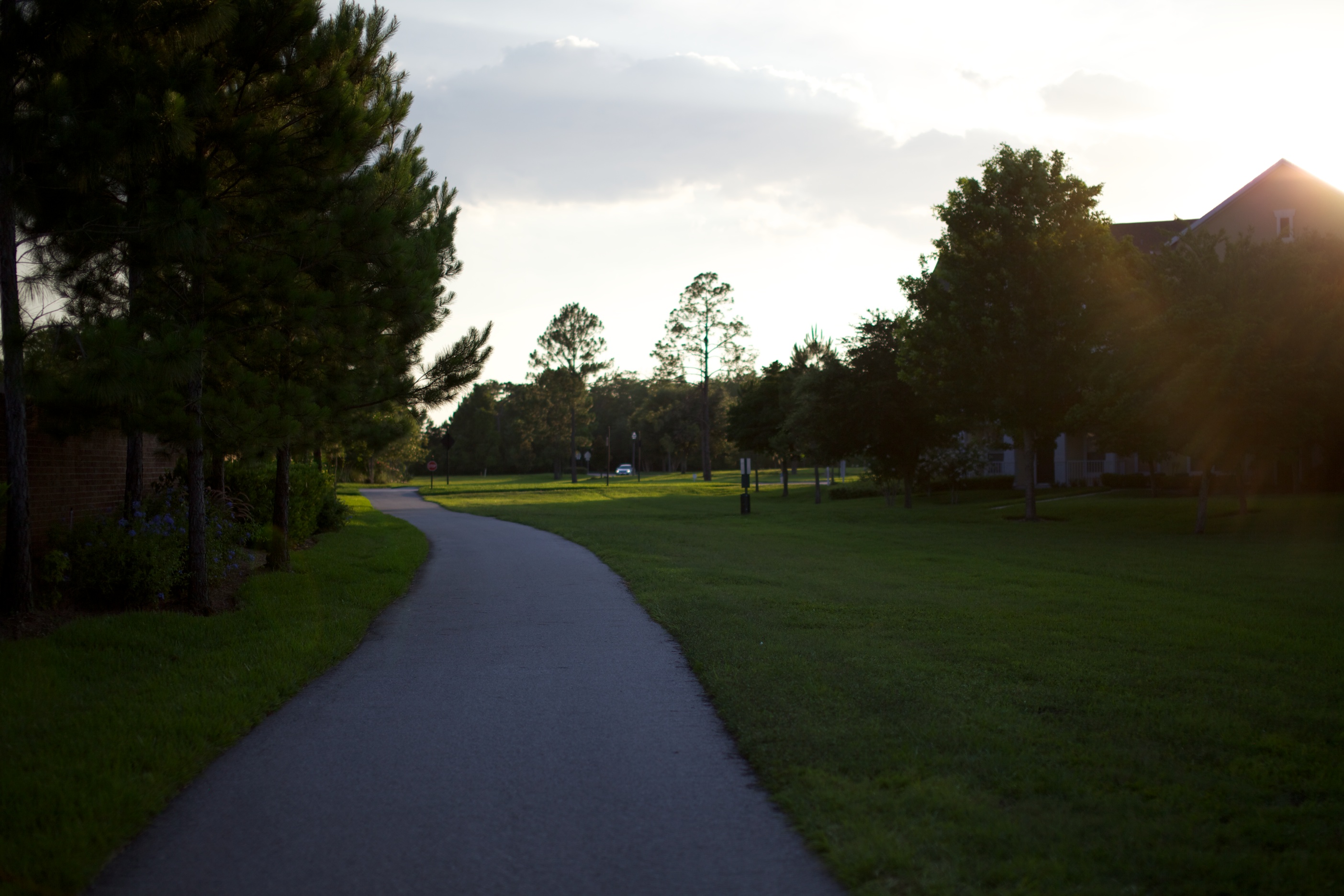
[col-sect][column]I think it's fair to say that most of us try to "upgrade" when we move from one relationship to another. Usually, we compile a mental list of "never agains" as we are ejected from the previous situation: "Never again will I date a guy who is clinically depressed." "Never again will I marry a woman with an eating disorder." "Never again will I work for a Big Box Chain." Most of the time, this doesn't actually help us find healthy, fulfilling relationships the next time around; just unhealthy relationships without the particular idiosyncrasies we were most upset about as we left our last relationship. We humans have a way of focusing on the emendate problem to the detriment of understanding how and why we got in the situation in the first place.
I bought the Sigma EX 50mm f1.4 HSM after a having my heart broken by Canon's 50/1.4 USM one too many times. There are other articles that can get into it better than I'm willing to, but basically the elements on the Canon are too heavy for the light weigh clutch on the USM auto focus motor and so, eventually, it fails. The first time it failed, I had it rebuilt by Canon, then 18 months later it died again and I gave up. So as I was trying to recover from my frustration, my "Never Again" list for a 50mm lens looked like this:
- 1–Never again will I buy a lens with an auto focus system that can't deal with heavy use.
- 2–Never again will I buy a lens with heavy flair when it's wide open.
- 3–Never again will I buy a lens that can't seem to render detail wide open.
- 4–Never again will I buy a lens who's max performance doesn't show up tell f8 but goes away by f16 (I never seem to be at f8.)
- 5–Never again will I buy a lens with a composite barrel.
So that basically left me with the Canon 50/1.2 or the Sigma (I shoot journalism for a living so I didn't see the Zeiss as on option.) I went with the Sigma because I could almost buy three 50/1.2s for the price of the Simga and because I've LOVED my Sigma 24/1.8.
How is it? It's complicated. It's probably the best SLR 50/1.4 I've ever shot with one Giant Caveat: There are serious sharpness issues wide open at close distances. It's not a simple lens.
On one hand:
1–It's HUGE: 77mm front filter.
2–It's heavy: with a 2.7" barrel filled with glass, it comes in just over a pound!
3–The AF isn't quite as snappy as the Canon 50/1.4 (but what is?)
On the other hand:
1–It has great contrast all the way through the aperture range.
2–It has wonderful color.
3–It's well built.
4–By f2 it's is sharp at any distance.
5–The AF is accurate and built on a more robust technology than Canon's consumer USM.
6–It's really sharp at f1.4 at most middle distances.
7–The Boken is really smooth and pretty.
The Possible Deal Breaker
The close focus thing is a huge disappointment to be sure. Basically it means that if you are shooting a vertical head shot, you are going to have to be at f/2 unless you like wedding photography from the 1970s... which I don't. It's not that it's hazy, just that there is no micro detail. It's like a painting. Once you stop down to f/2 the problem is gone, along with most of the vignetting.
 (Canon 5D Mark ii 50mm ISO-100, 1/80, f/1.4) click for full res
(Canon 5D Mark ii 50mm ISO-100, 1/80, f/1.4) click for full res (Canon 5D Mark ii 50mm ISO-400, 1/80, f/2.8) click for full res
(Canon 5D Mark ii 50mm ISO-400, 1/80, f/2.8) click for full resWhat's fascinating is if you take just a few steps back (two or three feet) the whole problem goes away and it's really sharp at 1.4 again! I have zero idea as to what is happening or why, but there it is. The one flaw in this lens. For about $500, you aren't going to get goddess, but you are going to get something you can live with for the rest of your life.
 (Canon 5D Mark ii 50mm ISO-100, 1/80, f/1.4) click for full res
(Canon 5D Mark ii 50mm ISO-100, 1/80, f/1.4) click for full res[/column]
[column]If you've shot with something like the Canon 50/1.2 L or the Leica f/1.0 Noctilux then you know that most high performing lenses have these really strong weak spots simply because you can't get a lens to do everything all the time
with out it costing as much as a new car. The f/1.0 Noctilux has sharpness issues at certain distances–and horrible vignetting as well–while the Canon 50L can't hold onto detail at f/16 for some reason.
Now that we've gotten the deal breaker out of the way, let's go over the rest of the lenses performance.
Like a lot of fast lenses, it's widest aperture doesn't really let it as much light as you might expect wide open because the vignetting is so pronounced that it effects most of the image. I found that for the Sigma, stoping down to just f/1.6 and pulling back my shutter by 1/3rd gave me back most of my exposure. By f/2 it's mostly gone and at f2.8 it's gone from a practical stand point. It's sharp enough in the corners by f/2 and technically sharp in the corners two stops later. All this puts in just about on par with the Canon 50 L for about 1/3rd of the cost.

(f/1.4)

(f/2)

(f/2.8)
Flaire
With it's enormous front element, I expected the Sigma to be really vulnerable to flare, but what I found was that it holds it's own as well as anything else in it's class. It has a nice shape to flare at f/16 and at it's not out of control wide open.
(F/16)




(F/1.4)



[/column][/col-sect]

 [/column]
[/column]

 [/column]
[/column]
 [/column]
[/column] [/column][/col-sect]
[/column][/col-sect]












